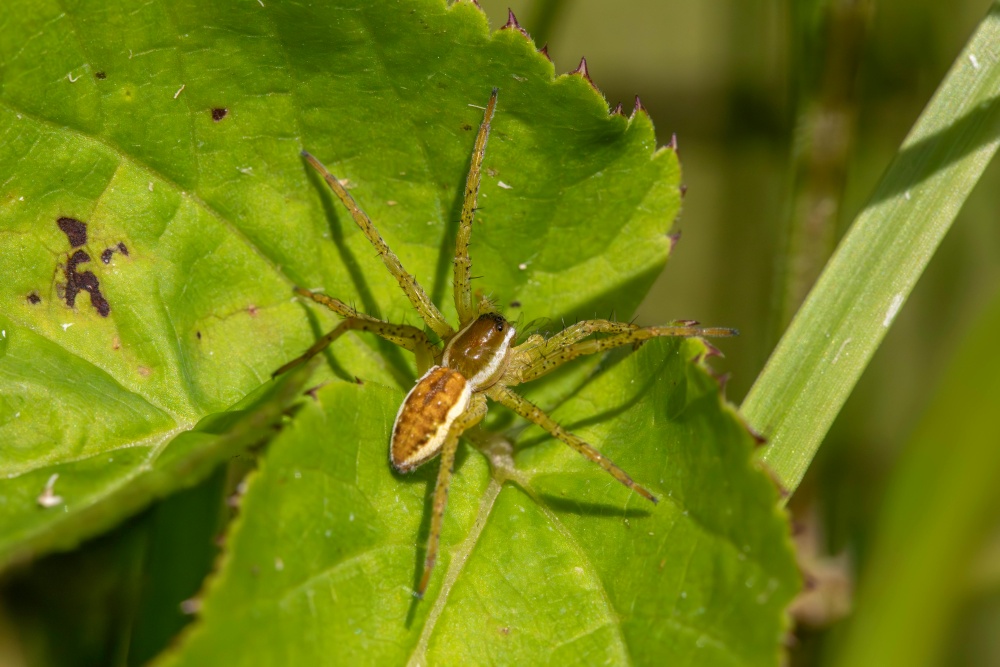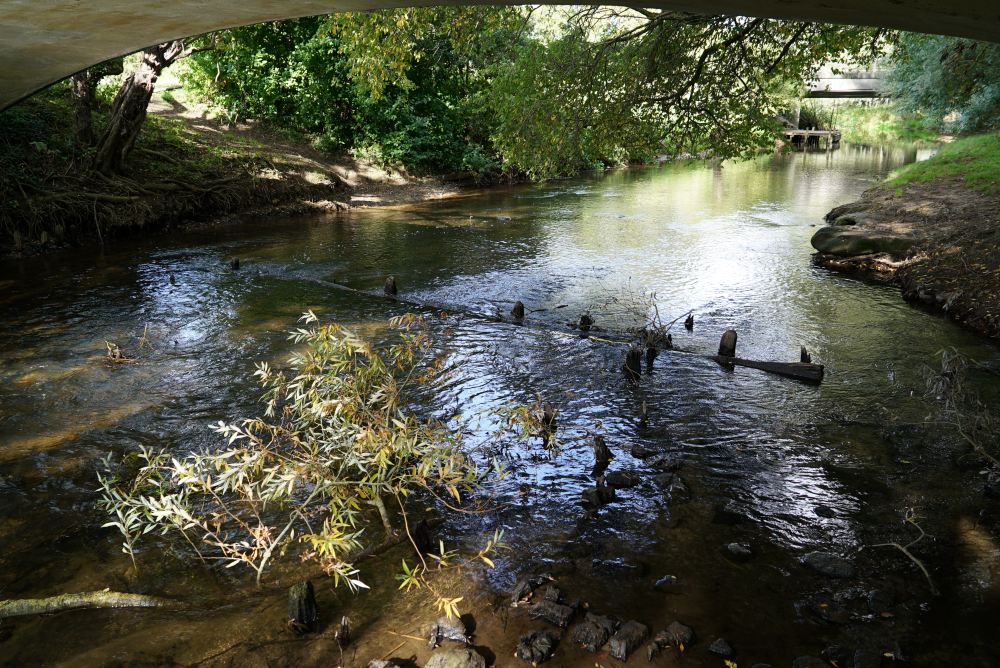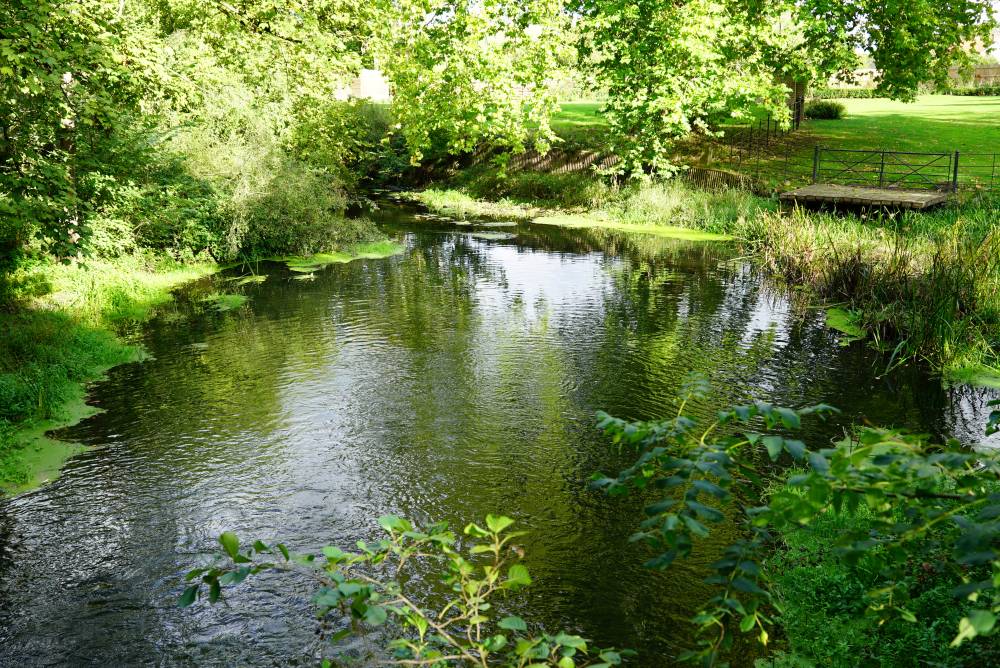The Waveney is a boundary river, marking much of the line between Norfolk and Suffolk. Rising in the internationally important wetlands of Redgrave and Lopham Fen, the Waveney flows east for some 95 km (59 miles) before heading north to join the River Yare at Breydon Water. The fen at its source is a landscape of wet, spongy peat, dotted with sedge and rare fen plants, and home to the scarce fen raft spider. This remarkable landscape is also the source of two rivers that take opposite paths: the Waveney heading east, and the Little Ouse flowing west towards the Fens and the Wash. During heavy rains, it’s easy to see why Norfolk is sometimes called an island!

The Waveney’s main tributary, the River Dove, rises further south in Suffolk near Bacton. After winding 25 km through the Suffolk countryside, it joins the Waveney close to Diss. The Dove is a good example of a lowland river, flowing through farmland and settlements including Eye. The name of Eye is derived from 'island' as in winter months, the Dove spreads out across its floodplain, surrounding the town.
A short distance away, the town of Hoxne is famous for the Hoxne Hoard, the largest cache of late Roman gold and silver ever found in Britain, buried perhaps to keep it safe from raiders. According to legend, this is also where St Edmund, the martyred king of East Anglia, was captured in 869 under a bridge over the Gold Brook, a tributary of the River Dove.
The Waveney has a rich history of its own. It has been used for transporting goods since Anglo-Saxon times, and around fifteen mills have harnessed its power over the last 900 years. The Industrial Revolution brought fresh ambition, and in 1833, the New Cut was completed - a 2.5-mile canal linking the Waveney at Haddiscoe with Lake Lothing at Lowestoft. Norwich merchants hoped it would be their fast new gateway to the sea, bypassing Yarmouth. But silting, toll disputes, and fierce local rivalries meant it never quite fulfilled its promise, and the dream of a booming Lowestoft route quietly ebbed away.


Today, the river faces new pressures. Centuries of drainage and straightening have left parts of the channel over-wide and sluggish. Nutrient run-off from agriculture and sewage works impacts water quality, while invasive species like floating pennywort and Himalayan balsam affect the river ecosystem. Yet the Waveney still has its otters and kingfishers, its marsh harriers and meadowsweet. In summer, you might see dragonflies patrolling its banks, and in winter, the river expands across the grazing marshes, reflecting wide East Anglian skies.
The River Waveney Trust has a wide range of activities for volunteers to get involved with, from monitoring water quality to removing invasive species. Find out how to get involved.

